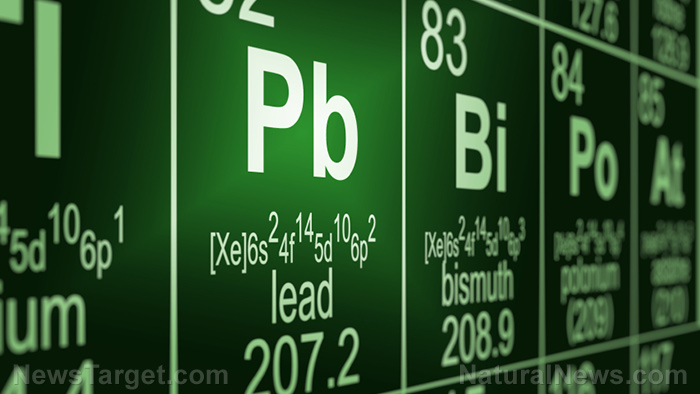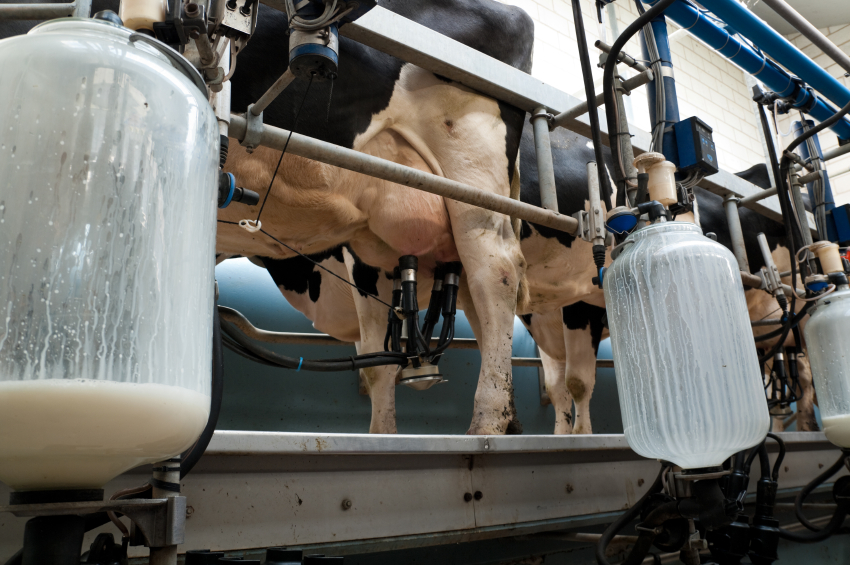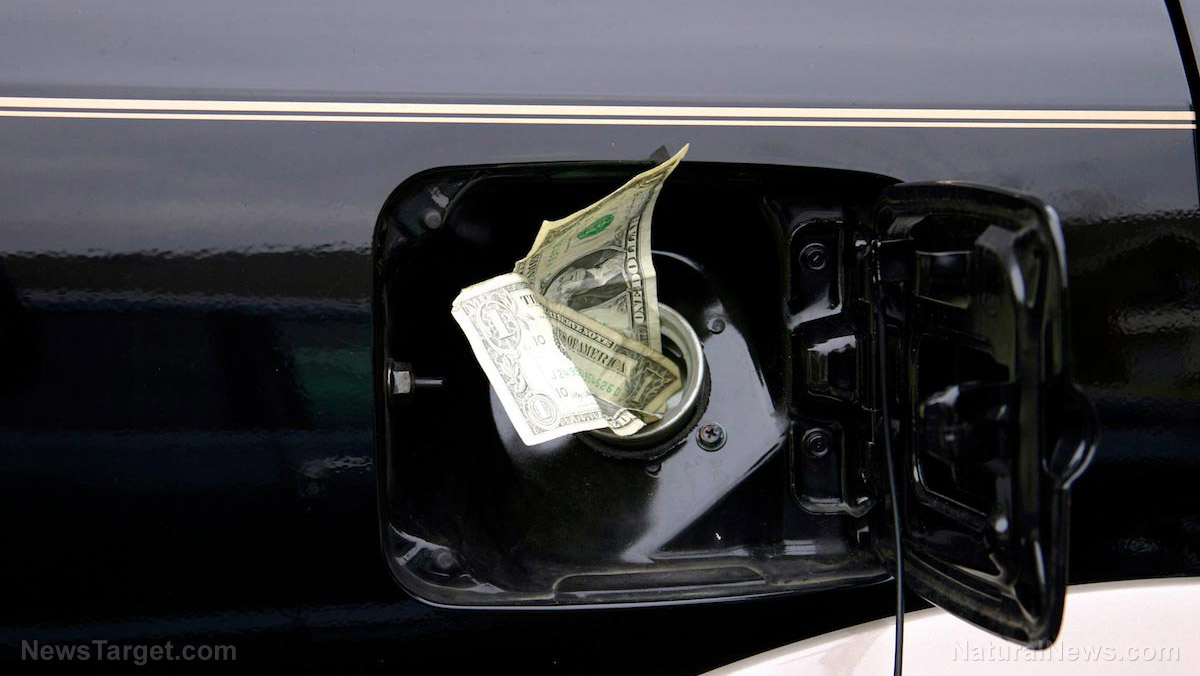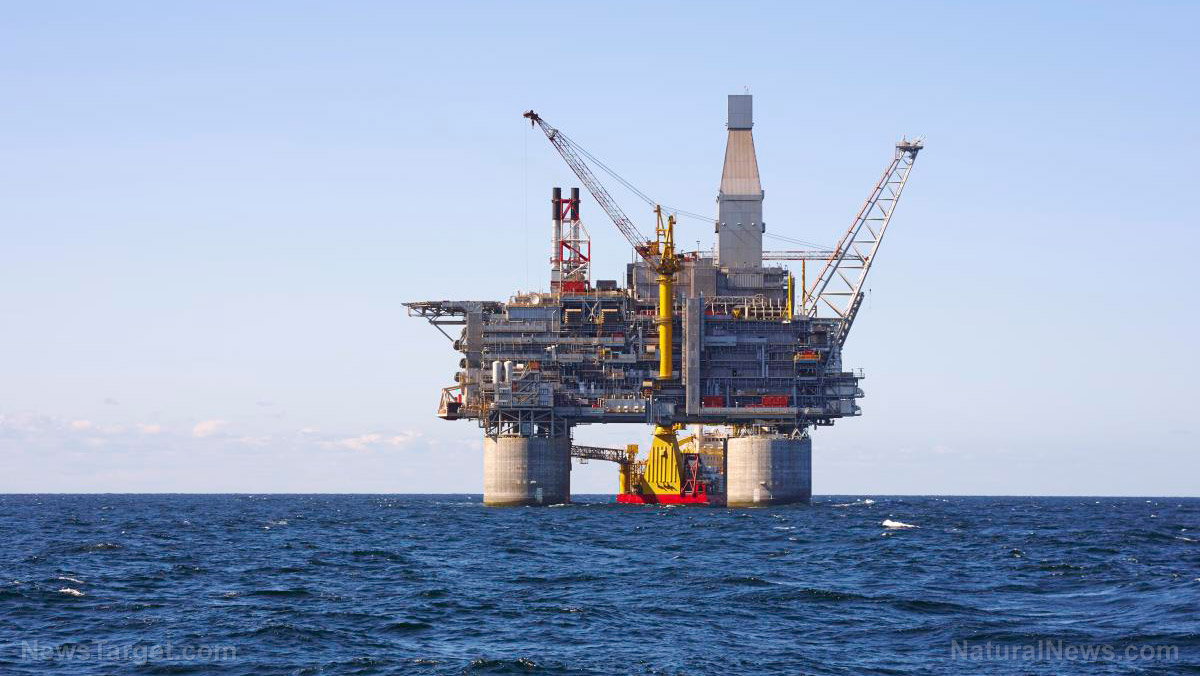Beleaguered Western commodities buyers rely on China’s refined lead, zinc
02/08/2023 / By Belle Carter

China became a net exporter of zinc and lead for 2022, which led to analysts pointing out that the communist nation “came to the rescue” of beleaguered Western buyers for both metals.
According to Reuters, China exported 116,500 tons of refined lead last year – the highest outflow volume since 2007. It also marked a second consecutive year of next exports, which brought the cumulative total of 210,000 tons of lead exported since the start of 2021. Four years prior, China had only been exporting a total of 43,000 tons and importing a modest amount.
China’s refined lead exports have found a market in both Europe and the U.S. due to high physical premiums in both countries. The communist nation exported 16,400 tons in December 2022, with 1,600 tons headed for Germany and 1,000 tons each headed to Belgium, Italy, Turkey and the Netherlands.
“The big shift, though, was the shrinkage in imports to 79,000 tons from 434,000 tons in 2021, which was itself the lowest tally in a decade. China was importing over 700,000 tons of refined zinc as recently as 2018,” Reuters pointed out. “The massive drop in imports reflects the wholesale rerouting of Asian metal towards tight European and U.S. markets.”
Recent smelter outages have caused a mutual scarcity for both that drove up premiums and caused exchange stocks to reach lower levels than usual. Last year was a difficult one for both lead and zinc production, as disruption at smelters around the world combined with falling production brought severe shortages.
However, the latest base metal poll suggests that there could be a turnaround in supply dynamics in 2023, with analysts predicting a return to lead surplus this year and zinc surplus next year.
Reuters columnist Andy Home said that if China gets there first, last year’s East-West imbalances in both metal markets may last longer than expected – and with it, China’s new trade flows.
China playing a role in metal prices
The year 2023 opened with the lowest end-year inventory of metals in the system this century. According to a separate Reuters article, the London Metal Exchange’s (LME) global warehouse network only held 654,345 tons of metal at the end of December, which is less than half the tonnage registered at the close of the prior year.
This reflected two years of steady withdrawals that left exchange stocks of zinc, lead, copper and other metals almost depleted. (Related: Lockdown aftermath: Chinese copper giant hits liquidity crisis.)
On the other hand, prices base metals have surged more than 20 percent in three months based on bets that China will be reopening and boost demand for raw materials. The U.S. Federal Reserve signaling a slowdown in the pace of interest rate hikes and a softening in the U.S. dollar – which importers use to buy commodities – also contributed to the rise.
Tin soared almost 80 percent to $32,262 per ton, while copper prices have rallied by a tenth this month to $9,329 per ton as China sees a brightening of its economy following the easing of its Wuhan coronavirus (COVID-19) strict public health policies.
“At the beginning of the year, everyone came in very nuanced, saying we were going to have a [global] recession, that copper would dip in the first quarter and then go higher, but we’ve done exactly the opposite,” said Al Munro, broker at London-based financial services company Marex. “Money flow is what has driven metals in 2023 thus far, and that’s about a China reopening story.”
Watch this video that discusses the factors that made precious metals collapse.
This video is from the American Media Periscope channel on Brighteon.com.
More related stories:
A closer look at the dangers lead poses to the body.
Researchers take a closer look at the migration of heavy metals from soil to rice in China.
Sources include:
Submit a correction >>
Tagged Under:
base metals, big government, bubble, China, collapse, communist China, copper, covid-19, debt collapse, lead, LME, low inventory, market crash, metal trading, metals, risk, scarcity, sister metals, smelter outage, supply chain, zinc
This article may contain statements that reflect the opinion of the author
RECENT NEWS & ARTICLES
COPYRIGHT © 2022 Scarcity.news
All content posted on this site is protected under Free Speech. Scarcity.news is not responsible for content written by contributing authors. The information on this site is provided for educational and entertainment purposes only. It is not intended as a substitute for professional advice of any kind. Scarcity.news assumes no responsibility for the use or misuse of this material. All trademarks, registered trademarks and service marks mentioned on this site are the property of their respective owners.



















